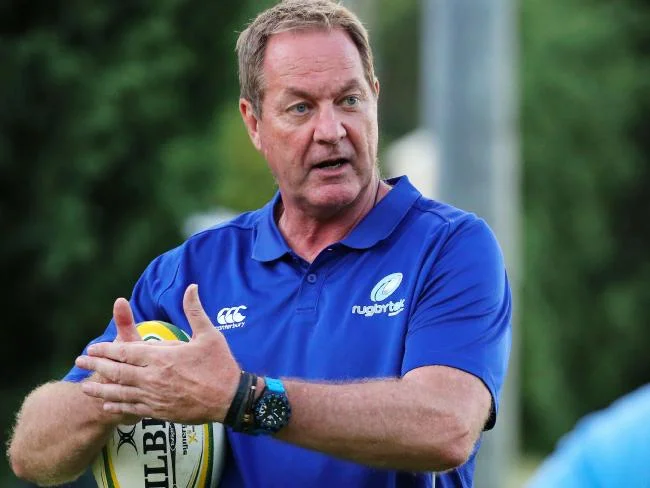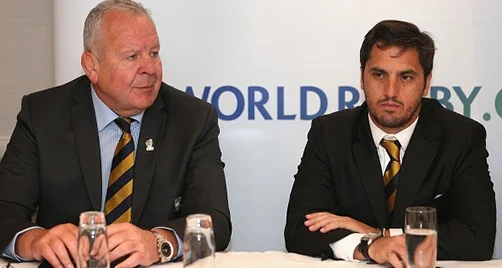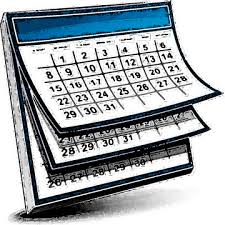Motivational balance key for new Super Rugby captain
/A few eyebrows were raised when on the return of current Wallaby captain Stephen Moore, young gun Samu Kerevi retained the captaincy versus the Warratahs late April. However, recent interviews have indicated a better understanding of Samu's motivations on and off the field, offering suggestions for balanced, approach focused personal strivings. "What are personal strivings" I hear you ask? Personal strivings define motives or reasons for action in more specific categories yet remain abstract and flexible by nature (Singer, 2005). Emmons identified personal strivings as similar to motive dispositions with the difference being “the idiographic nature of strivings”; “more discriminative than motives yet more stable than projects or concerns” (Emmons, 1999). Strivings imply action orientated perspective on human motivation and stresses movement towards identifiable ends (Emmons, 1999) and act as motivational organizing principles that lend coherence and continuity to day to day goals (Sheldon and Kasser, 1995). Therefore, this would also include when “individuals strive towards particular modes of being without necessarily making strenuous effort" (Emmons, 1999).
Ford and Nichols (1987) identified “individuals’ capacity for cognizing and perusing goals is revealed in everyday experience and what gives meaning and purpose to everyday lives”. Singer (2005) recognised that “examining individual’s personal strivings allows us to get at both long standing motivational concerns and behavioral tendencies that are likely to be tied to particular situations, roles and times that provide additional context we seek”. While Emmons recognised strivings as “abstracted qualities that can be achieved in variety of ways” (Emmons, 1986), personal strivings in an athlete setting identifies what players typically or characteristically try to do on daily basis within their sport.
Why would this be important for athletes, including current Reds captain and Super 20 players I am investigating? Recognising personal strivings are necessary to understand what they or others want or value, how they function or adjust to achieve their goals, protect themselves from frustrations of goals or avoid feared outcomes while maintain motivated over periods of time. Emmons and Diener (1986) researched the positive effect related to presence and attainment of important goals in everyday life, echoing Emmons belief of progressing toward meaningful life goals is a prerequisite for subjective well-being (Emmons, 1986). Player personal strivings should satisfy three basic needs, akin to self-determined motivation principles; they should offer safety and control (autonomy), social belonging (relatedness) and self esteem or competency. Therefore, understanding personal strivings help explain course of player’s life or drivers beneath behaviour, offering reasons for player’s most immediate preoccupations or actions.
Using similar strategies and coding theories used for my current research with U20 elite rugby union players involved in Australian Super 20 competition, I looked at certain goals mentioned by Kerevi during TV interview. Some of these included:
- Always got to beat opposite man
- Got to go forward
- Trying to do the best for the team
- Stepping up as a leader
- Leading by actions
- Being a better person, brother, uncle shall translate onto the field
- Knowing and working with the talents God has given me
All goals or strivings mentioned have an approach mindset where positive incentives are being sought after or moved towards as opposed to negative consequences or outcomes being avoided or prevented; this displays signs of a positive mindset, higher levels of intrinsic motivation and reduced anxiety towards his goals orientation. When coded, Kerevi shows further signs of subjective well being and self determined motivation as his high level listed strivings coded with intimacy, personal growth and achievement mindset. All these signs show a young leader, focused on improving and positive outcomes, working within close, reciprocal relationships with a desire to competing with self determined standard of excellence; a seemingly shrewd choice by Nick Stiles and his coaching team for years to come.
Keep up to date with further research in personal strivings research in rugby setting via https://coachingthecoaches.wordpress.com/research-details-and-links/





 For those unaware, my passion and strong belief for a unified Global Rugby Calendar is something I want to add weight to and hope will come to fruition during my involvement in the sport.
For those unaware, my passion and strong belief for a unified Global Rugby Calendar is something I want to add weight to and hope will come to fruition during my involvement in the sport.